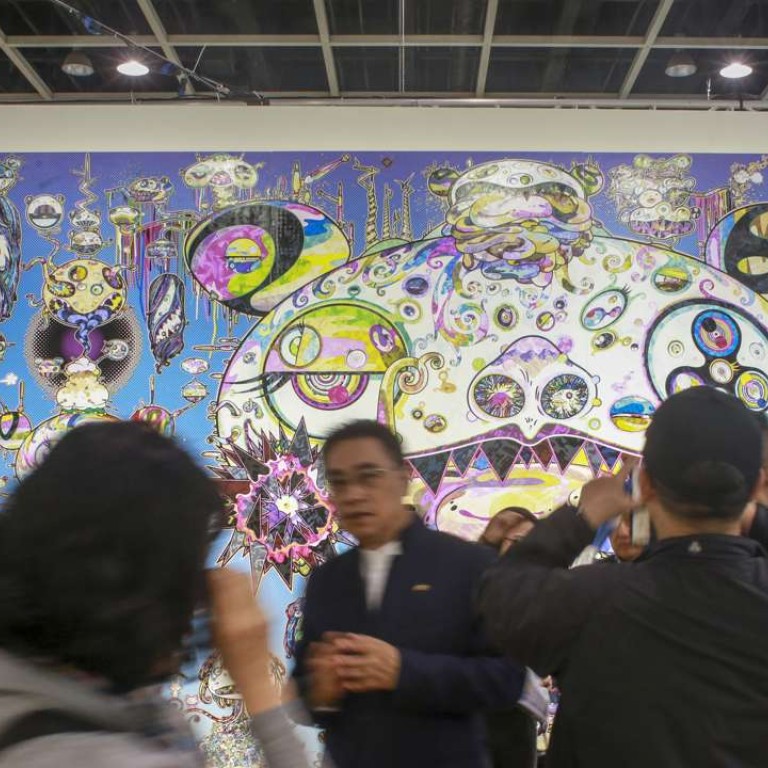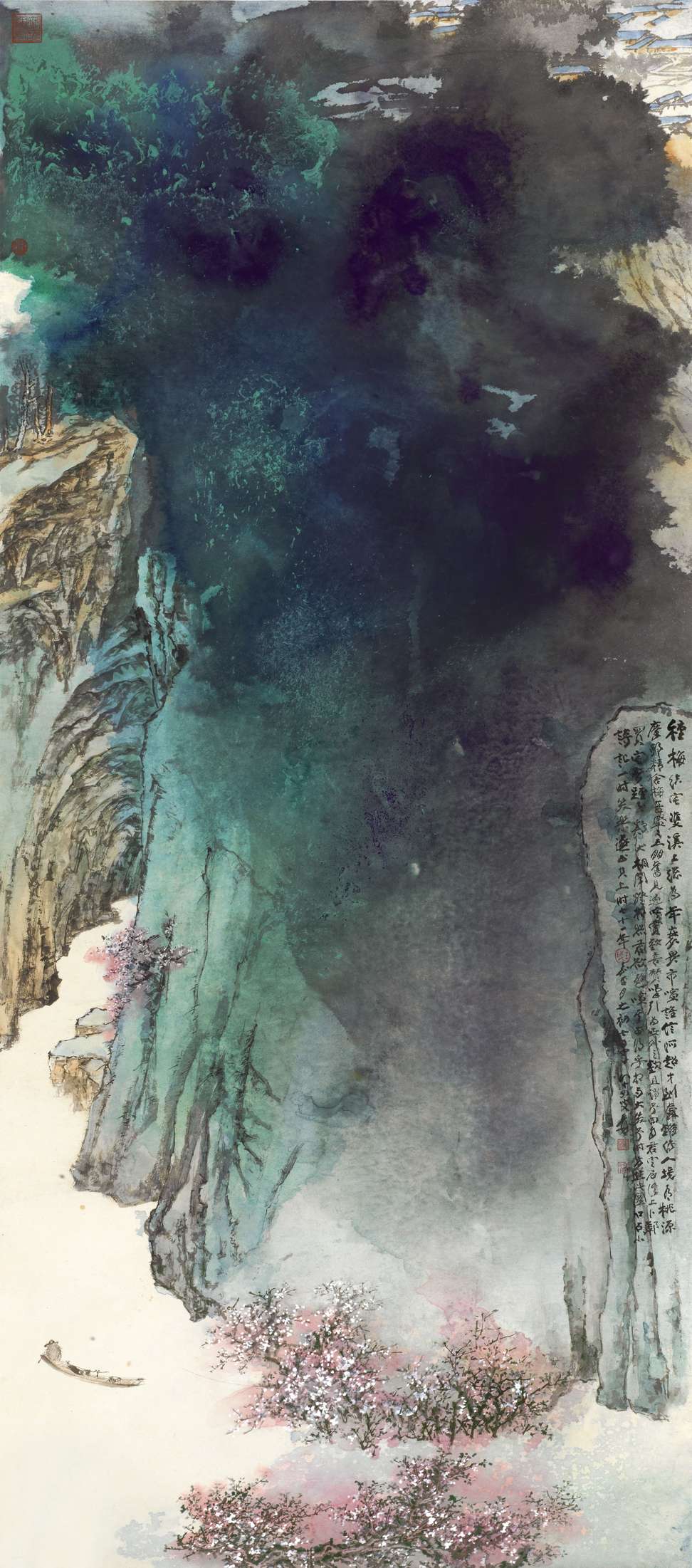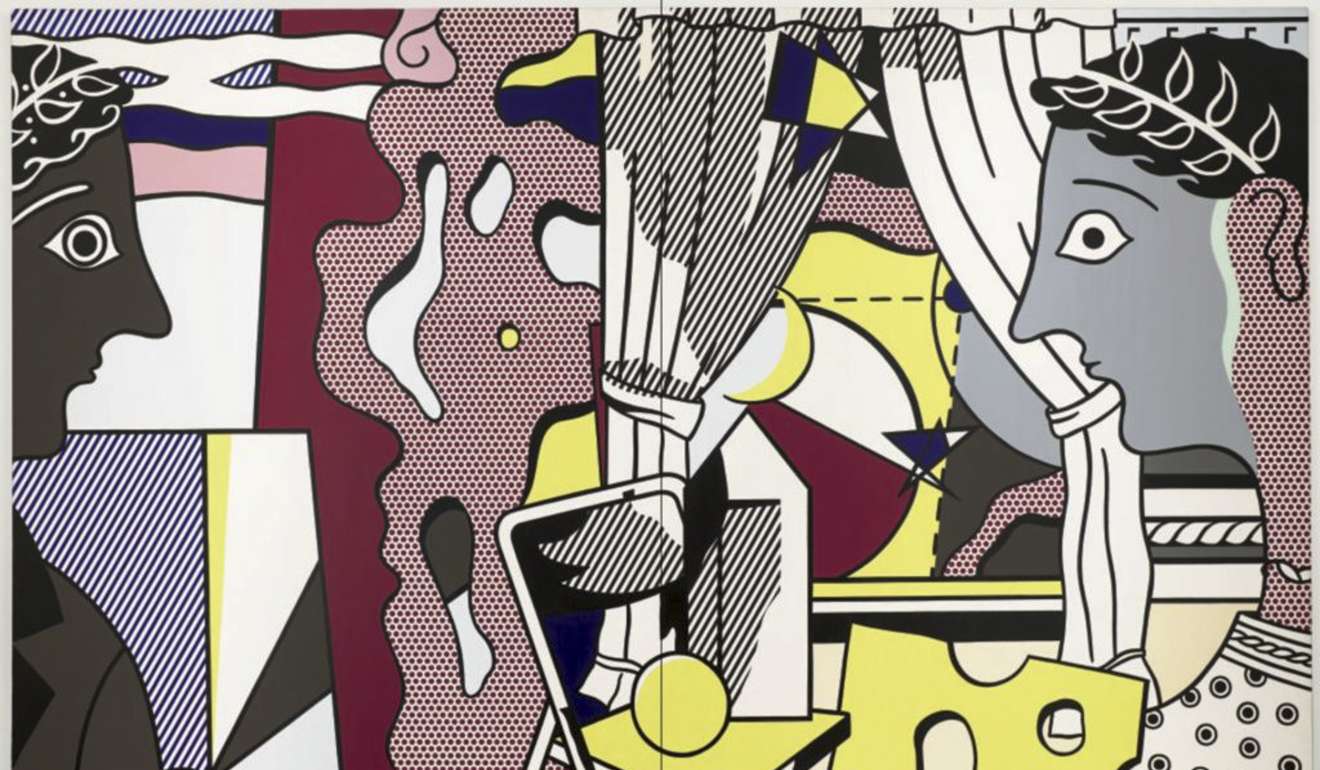
Global sales of art fell 11pc in 2016, new report says, and dealers at Art Basel see fewer Chinese collectors this year
Greater China becomes biggest art auctions market as US sales value drops and more art is exchanged in private deals, says first Art Basel/UBS art market report – more gloomy than rival Tefaf’s recent verdict
The global art market fell 11 per cent to US$56.6 billion in 2016 according to a new report published on Wednesday, suggesting the industry is in a more parlous state than previously thought.
The first Art Basel/UBS annual art market report showed sharper drops in key indicators than a report published earlier this month by Tefaf, a rival art fair operator, which said global sales last year were more or less flat compared to 2015.
The Art Basel/UBS report, which surveyed 1,100 international dealers, also found that auctions bore the brunt of the decline, with sales down 26 per cent from a year ago.
Asia’s biggest art fair, Art Basel Hong Kong, will test market for high-end works in face of economic headwinds
“It was a bad year for the US. The art market there broke four years of growth to go back to 2013 levels. Uncertainties ahead of the presidential election affected sellers’ plans and there was a shortage of supply at the top end,” said Clare McAndrew, author of the report. The US remained the world’s largest art market with a 40 per cent share, down from 43 per cent and well ahead of the UK (21 per cent) and China (20 per cent).

McAndrew said the size of the Chinese market, including Hong Kong, had not seen major adjustments since its unprecedented growth in the two years after 2009, when Beijing unleashed its 4 trillion yuan economic stimulus programme. However, it became the world’s largest auctions market last year because of the slowdown in the US and the shift from auctions sales to private deals in the US and in Europe.
“The US and Europe have a strong private dealers system but that is not yet the case in Asia,” she said.
How China’s overseas property dream turned into a nightmare
The report did not attach much importance to the issue of China’s slowing economic growth and government measures to curb capital outflows, which have hurt overseas property sales. But in Hong Kong, gallery owners, speaking on the second day of this year’s Art Basel Hong Kong fair, said fewer mainland Chinese collectors had attended than in 2016, when the new capital controls were not in place.

“We’ve done OK but sales seem a bit weaker overall and the fair is quieter. I hear mainland [Chinese] collectors are holding back because they don’t have as much cash in their pockets,” said David Zwirner, a dealer from New York. However, non-Chinese buyers are partly making up for that.
We’ve done OK but sales seem a bit weaker overall and the fair is quieter
Arman Lam of Hong Kong’s Hanart TZ Gallery agreed there were fewer mainland Chinese visitors to the fair this year. “But there are more Americans and Europeans and demand from the rest of Asia is strong. An American dealer bought a painting by Cao Xiaoyang from us even though he had never come across the artist before,” he said.
Brett Gorvy, previously of Christie’s post-war and contemporary art department and now a private dealer with Lévy Gorvy, said the top end of the market would not be affected by capital controls because potential buyers of pieces valued at US$10 million or above are likely to have spread their assets all over the world.
“We are selling Roy Lichtenstein’s Cosmology (1978) here and that’s valued at US$18 million, and we have had discussions with Chinese collectors. Buyers are asking for longer payment terms, and both galleries and auction houses are giving them more time to get their money out,” he said.

Separately, the twice-yearly Asia Contemporary Art Show reported record sales of HK$26 million based on an exit survey of exhibitors and a 10 per cent rise in attendance to 12,000 compared to last autumn’s edition.
McAndrew was the author of Tefaf’s annual art market report until this year. Rachel Pownall, who took over from her at Tefaf, said in her report that the art market was worth only around US$45 billion in 2016. McAndrew put the differences between the reports down to different methodologies and the fact that the art market is notoriously difficult to measure because of the private nature of most transactions.

